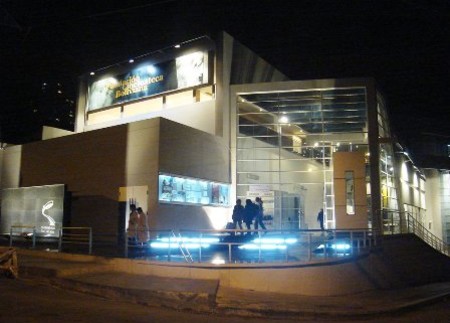Little is known internationally of what Bolivia has to offer in the contemporary arts. In the past, lack of promotion was coupled with the mentality of an indigenous people that reflected a land locked country stretching from Andean peaks to rainforests - inaccessible and separated from the rest of the world. Since 1982 however, Bolivia has enjoyed a democratically elected government, and the days of revolution and military dictatorships are over. As the country has turned towards a decentralised system, giving more power to regional governments, the national identity has developed into one that shows the diversity of the country. The highlands are no longer recognised as the mainstay, the valleys and lowlands being given equal importance. It has been over these last years that an international awareness has found its way into Bolivian art, moving steadily away from national themes. The national identity is found in the sharp use of colour, often creating vast plains of striking contrasts.
The questions being asked by the younger generation, and the awareness of a world outside the Bolivian borders, are the reasons for the new-found competitiveness in the country. What is the national identity? Does it exist, or is it something bestowed on us by a former generation? Although indigenism continues, and ethnic scenes are still being painted, Bolivian contemporary art now reflects how communication and travel have made the world a smaller place, and Bolivia a bigger one.
Our proposed programme consists of a minimum of one week in Bolivia, visiting the cities of La Paz (situated in the Andes, 3.600 metres above sea level) and Santa Cruz (tropical lowlands, 400 metres above sea level) and their surrounding areas. With three days in each city, we would recommend a different “guide” for each day in order to experience the true diversity of perspective.
Text provided by Patricia Tordoir.

















